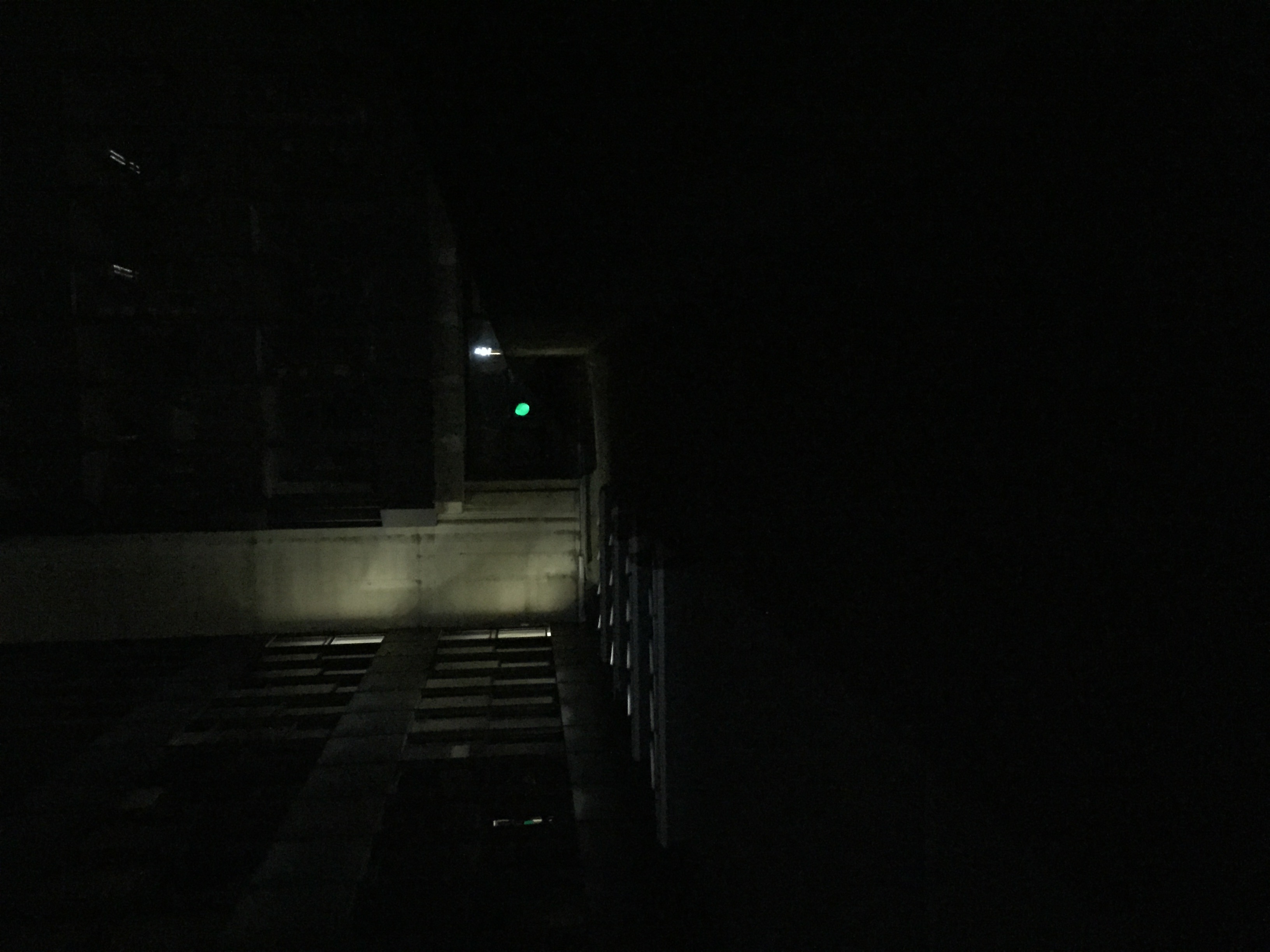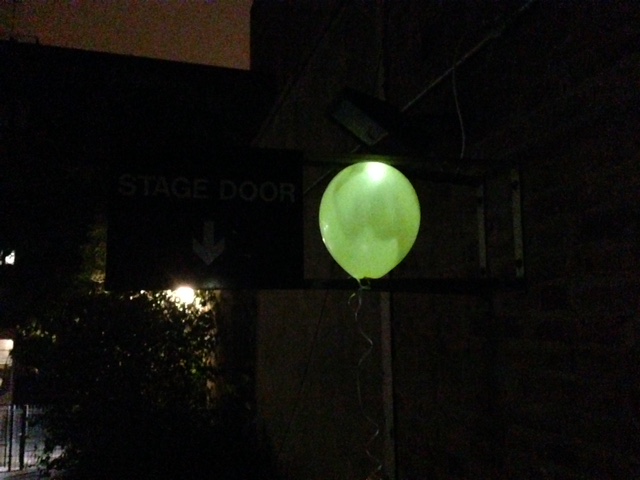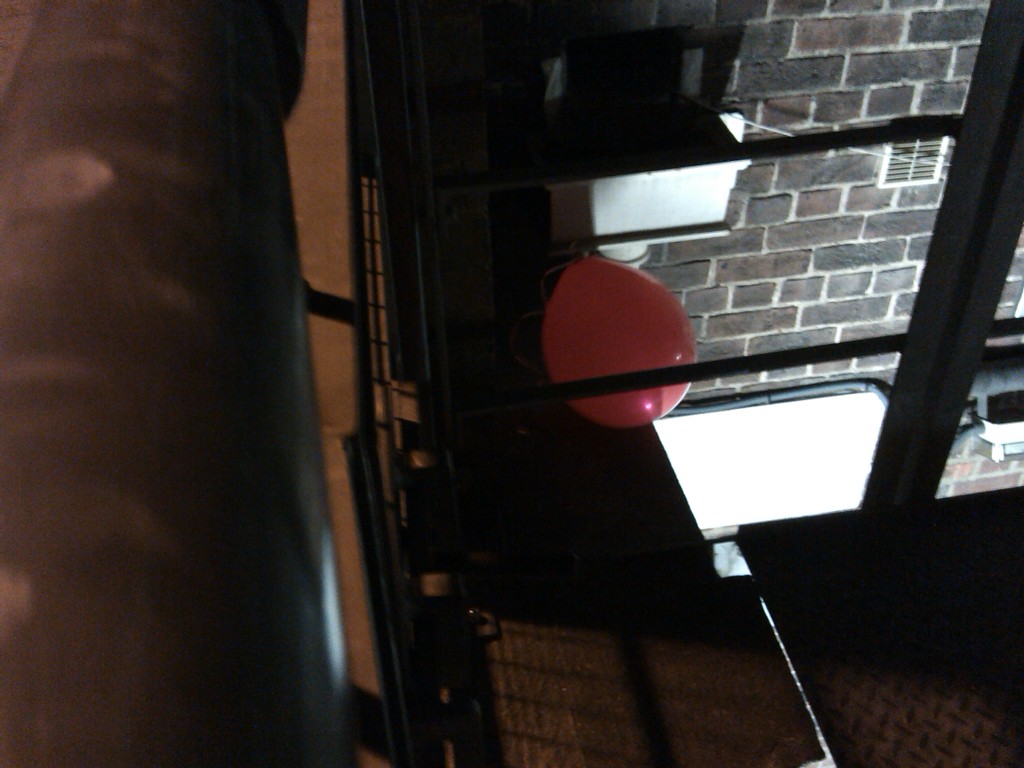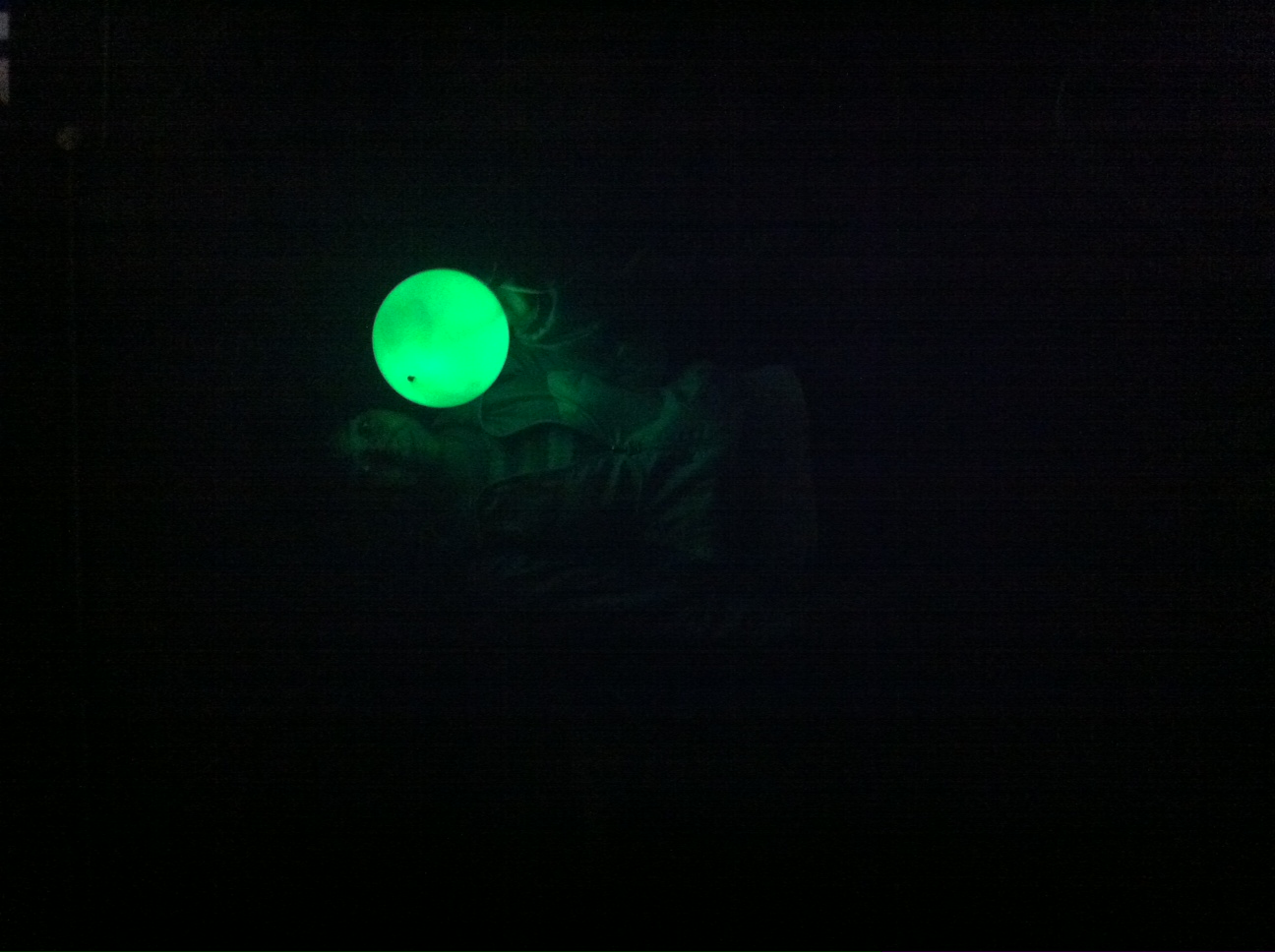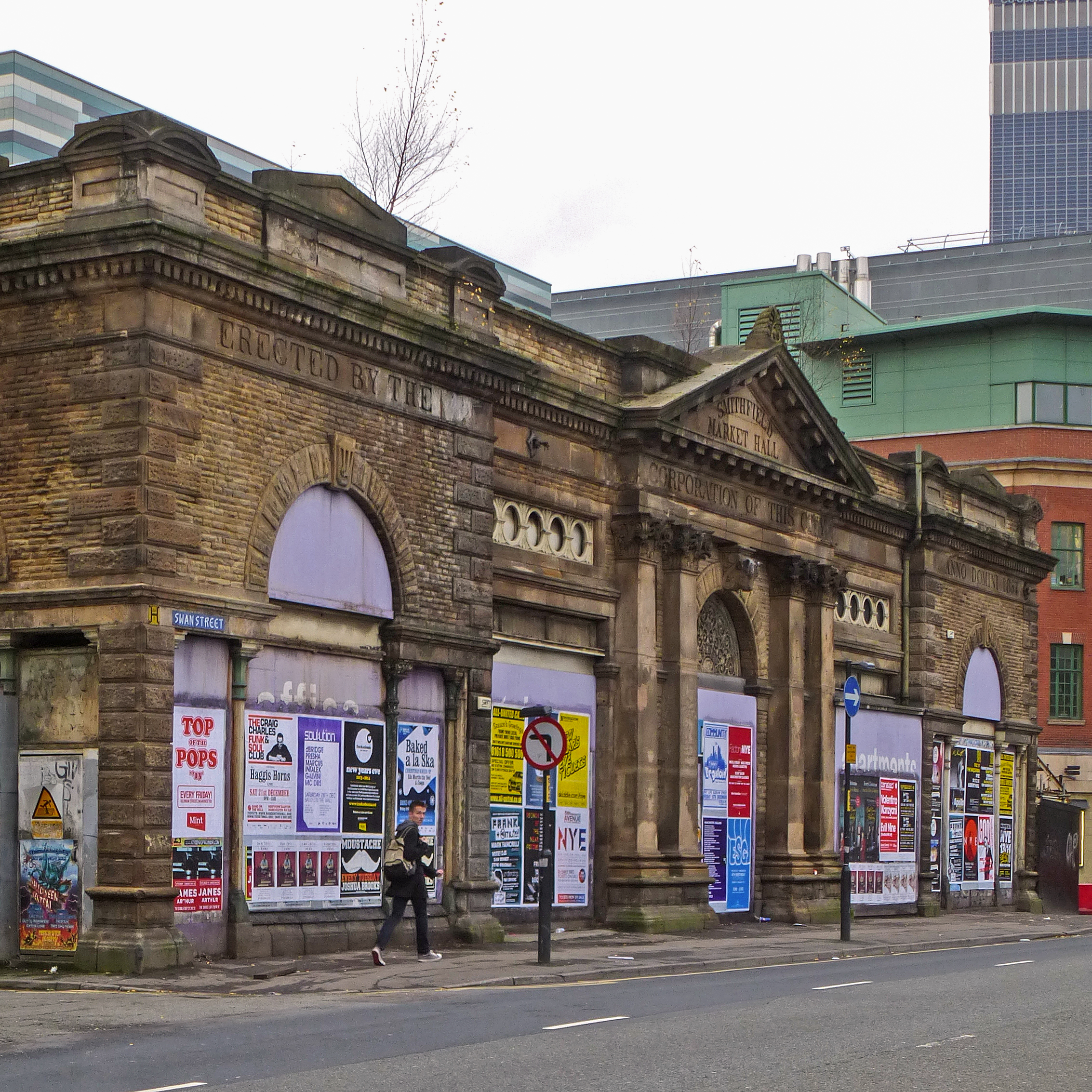Berlin Light Poem
Inua Ellams
These two pieces of writing were written during the Berlin Midnight Run by two of the participants.
ON LIGHT - Julia Schell
it was in the pitch-dark aftermath of that last night,
that I finally realised,
there was no infinite truth for me to gain from our past.
neither did our journey feed my inner light anymore,
nor was it offering the casual comfort of a campfire,
where we could at least have sat in silence like strangers,
searching in our souls and the shiny sparks.
but our solitary sorrow did not provide any guidance on this way,
with tear-shimmering glances just a glimmer, not a lantern in this gloom.
the spectrum of emotions had shrunk to the stimulus of a lightning-
rather physical reflex than psychological reaction.
and whenever I would endeavour to retrace my rays,
to relume the afterglow of that shiny jade once planted in my soul,
I found that life, and light, and love had vanished long ago,
and left nothing inside my core but jaded rubble on the shore.
- @SchellJulia, www.juliaschell.com
YOUR INNER LIGHT - Nejra Cehic
Your inner light shines brighter than the sun's rays.
It has the beauty of natural light
and the reliability of electric light.
Sometimes it's mellow like candle light,
sometimes it flashes like lightning.
When your light is joyous it eclipses me,
burns me, so that I can only touch the after glow.
Your light has many colours, even clear grey,
and when your light fades, so will life's colours.
And the world will only be darkness and blackness for me.
HOLLYWOOD.
It was just after the match, I could feel the lightning coursing through all the veins in my body. I was glowing. I could feel it radiating out of me, like an aurora. I made my way out of the stadium to take in what was left of the natural light, before midnight came. The rays of the sun were still visible on the horizon, but dim.
I suddenly noticed a small flame ignite in the distance, just on the hill near the Hollywood sign. I ventured towards it without fear, a smart choice I thought to myself, as I climbed the uneven terrain of the slope. My inner confidence from the game was driving me continuously forward, I just couldn't help my intrigue. I knew it was dangerous, stupid probably too.
I definitely needed a lamp or a lantern or something by the time I reached the big D, the darkness was growing heavier and thicker my the minute.
And then I saw him...
It was just an old man warming himself beside a hand-made fire, alone, with his even more lonely brown-bag of alcohol. I sat with him and watched the stars and colourful lights pass through the deep night sky, the contrast was overwhelmingly beautiful. He told me they were Borealis.
THE SOUL IN THE MACHINE - Inua Ellams.
Sometimes I stare at my iPhone light and wonder if in another world, the pale plastic sheen of it is the inner glow of machines soul; if the glow of my reading light is the spirit of power plant.
On a clear grey nights I look for blinking aeroplanes, the afterglow of comet, exit lights in a cinema, also wondering what they could be the souls or spirits of —
Lightning might be the leftover of celestial clashing, Aurora Borealis a galaxy's last gasp. Perhaps the moon is God's infant soul and the full spectrum creation, all grown-up.



